The sound quality of a Bluetooth speaker is mainly determined by the audio codec/bitrate used, the speaker’s hardware design (drivers, enclosure, and electronics), and environmental factors like interference and listening volumesoundguys.com bose.com. For instance, using a high-quality codec (such as aptX or LDAC) and maintaining a strong, unobstructed Bluetooth connection can dramatically improve clarity, while large drivers and a well-tuned cabinet ensure richer bass and a flatter frequency response
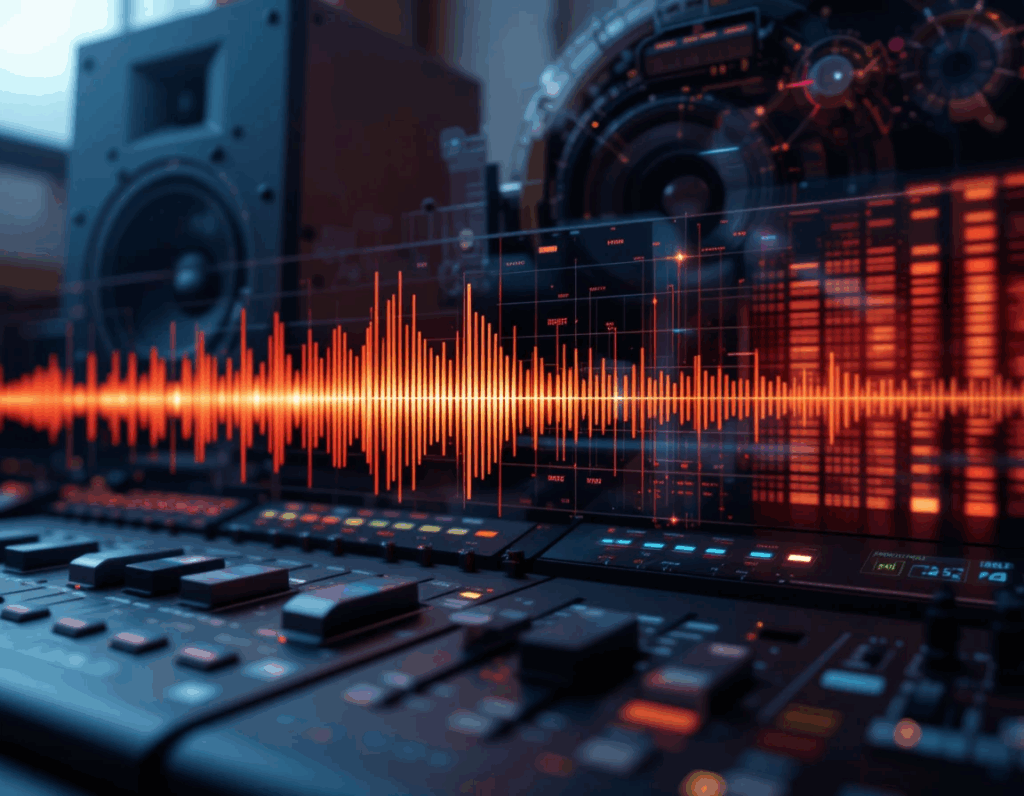
Bluetooth speakers use wireless audio codecs to send sound from your device. These codecs compress the audio stream; some (like aptX, AAC, or LDAC) preserve more detail than the basic SBC codec. In practice, a high-bitrate codec preserves the nuances of your music better Similarly, the physical speaker components – cones, magnets, amplifiers, and the cabinet – must be well-designed to reproduce a wide frequency range accurately Altogether, better parts and designs yield clearer, more accurate sound.
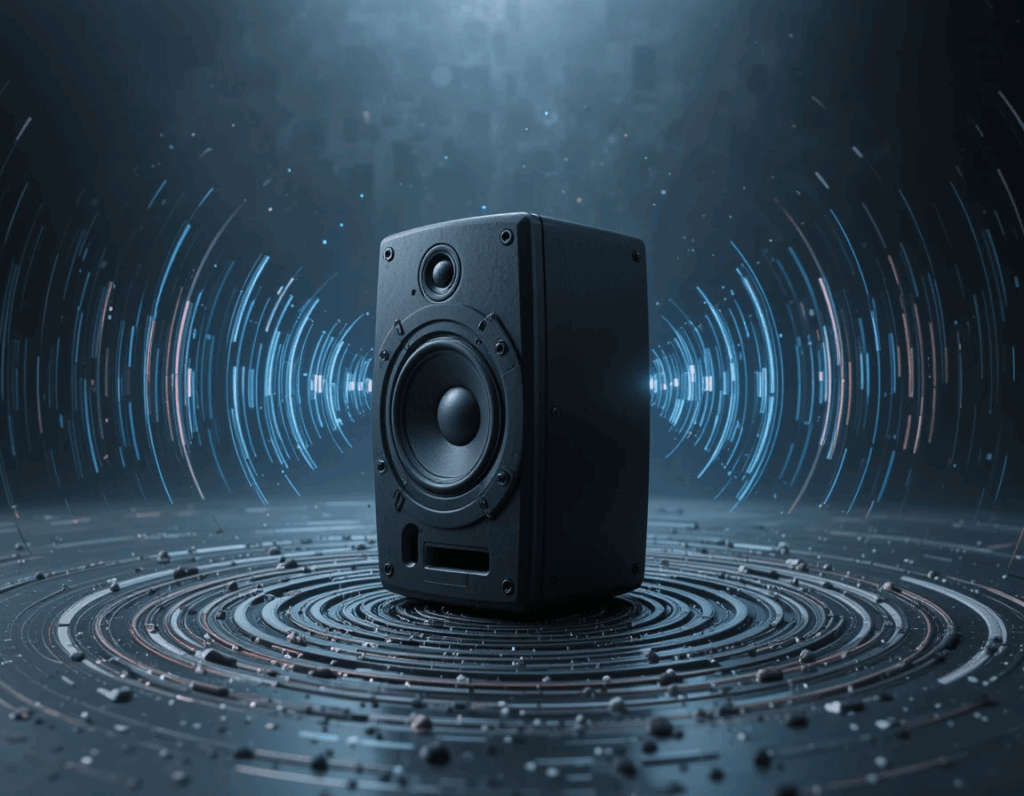
What Makes Bluetooth Speaker Sound Quality Good?
A speaker’s sound quality refers to how clearly and accurately it reproduces audio across bass, midrange, and treble frequencies. High-quality Bluetooth speakers deliver balanced bass and crisp highs with minimal distortion. In general, frequency response – the range of sounds a speaker can output – is critical: speakers that cover deep lows up to bright highs tend to sound more “full” and natural. Also, build quality matters: quality materials and precise manufacturing lead to flatter frequency response and fewer artifacts By contrast, cheap or poorly tuned speakers often sound tinny, boo my, or muddy.
Moreover, wireless factors come into play. Bluetooth audio is subject to signal interference and compression. Bluetooth uses the crowded 2.4 GHz band, so Wi-Fi, microwaves, or distance can introduce audio dropouts or hiss Ensuring a strong connection and up-to-date codec support (for example, a device that supports LDAC or aptX HD) helps maintain fidelity Finally, the source material matters: a low-quality MP3 or a very loud volume (which causes clipping) can degrade even a high-end speaker’s sound.
In summary, sound quality depends on multiple factors working together – from codec and hardware to environment and settings. Understanding these factors can help you optimize your Bluetooth audio experience.

Key Factors That Affect Bluetooth Speaker Sound Quality
- Bluetooth Audio Codec & Bitrate: The codec determines how audio data is compressed over Bluetooth. SBC (the default codec) is widely supported but often loses detailAdvanced codecs like AAC (common on Apple devices), Qualcomm’s aptX/aptX HD/aptX Adaptive, and Sony’s LDAC use higher bitrates and better compression. They preserve more of the original audio detail and support higher sample rates, resulting in noticeably clearer sound (especially on audiophile-grade speakers)soundguys.com blafili.com. For example, aptX HD runs at up to 576 kbps versus 328 kbps for standard aptX, and LDAC can reach 990 kbps – this extra data allows fuller frequency reproduction. In practical terms, always enabling the highest-quality codec supported by both your phone and speaker (via phone settings or developer options) can yield richer, more detailed audio
- Frequency Response & Driver Quality: Related to drivers, the speaker’s frequency response range and consistency shape its sound signaturertings.combose.com. Good speakers reproduce bass (20–200 Hz), mids (200 Hz–4 kHz), and treble (4–20 kHz) evenly, so vocals, instruments, and effects sound naturalbose.combose.com. High-quality audio gear aims for a “flatter” frequency response (consistent output across frequencies) by using superior components and precision tuning. In cheaper models, drivers or materials may distort at extremes: bass might roll off above 100 Hz, or highs may be harsh. Tip: Look for specs like “frequency response 50 Hz–20 kHz” or test reviews showing wide, flat response to gauge speaker fidelity.
- Digital-to-Analog Conversion (DAC) & Amplification: Inside the Bluetooth speaker, digital audio must be converted to analog signals that drive the speakers. The quality of the DAC chip and amplifier influences clarity. A high-end DAC will accurately translate the digital stream without adding noise, whereas a low-cost DAC might produce muddied or compressed sound Similarly, the amplifier’s power affects headroom: under-powered amps can clip sound at high volumes, distorting peaks. A well-designed amplifier provides clean output even at loud volumes, maintaining dynamics. In practice, speakers that tout “32-bit DAC” or audiophile-grade amps often sound clearer and more detailed because their electronics introduce less audible distortion clarityblafili.com
- Bluetooth Connectivity & Interference: Wireless connectivity itself can affect sound quality. Bluetooth signals operate at 2.4 GHz, a band shared by Wi-Fi, microwaves, and many devices. Interference on this frequency can cause audio dropouts or staticblafili.com. Also, greater distance or physical obstructions (walls, people) weaken the signal, reducing data throughput and increasing compression losses. In practical terms, being closer to your audio source and away from interference will improve clarity. Some speakers also use newer Bluetooth versions or aptX Low Latency (LL) for stable links; although latency tech targets syncing, it indicates better error correction. Overall, minimizing wireless noise and staying within the optimal 30–50 ft range will help maintain high-fidelity Bluetooth streaming
- Audio Source Quality & Settings: Even the best speaker can only reproduce what it receives. A highly compressed audio file (like a 96 kbps MP3) has fewer details than a high-bitrate stream or FLAC. Similarly, smartphone EQ settings or volume limiters can color the sound. Always ensure your source material is high quality (e.g., high bitrate streaming or lossless files) and that any phone/tablet settings (like bass boost or equalizers) are set to your taste. For example, enabling “High Quality streaming” in apps or disabling unnecessary digital effects can let the speaker perform at its best.
- Volume Level & Distortion: Loudness matters. At very high volume levels, many portable Bluetooth speakers will distort or clip, because of amplifier limits or driver excursion limits. Pushing a small speaker to its maximum can cause it to “bottom out” on bass or crackle on peaks. The distortion rating or maximum SPL (sound pressure level) indicates how loud it can go before quality suffers. To maximize sound quality, avoid cranking volume to 100% unless needed, and if distortion occurs, back off slightly. Lower volumes often yield cleaner sound on small speakers.
In short, superior Bluetooth audio requires care at every step: use high-bitrate, low-latency codecs (if available); choose a speaker with well-designed drivers and components; keep devices updated; minimize interference; and feed it good source material. By addressing each factor, you’ll get the clearest, most accurate sound from your Bluetooth speaker
What Affects the Sound Quality of a Bluetooth Speaker the Most? 2025 Read more
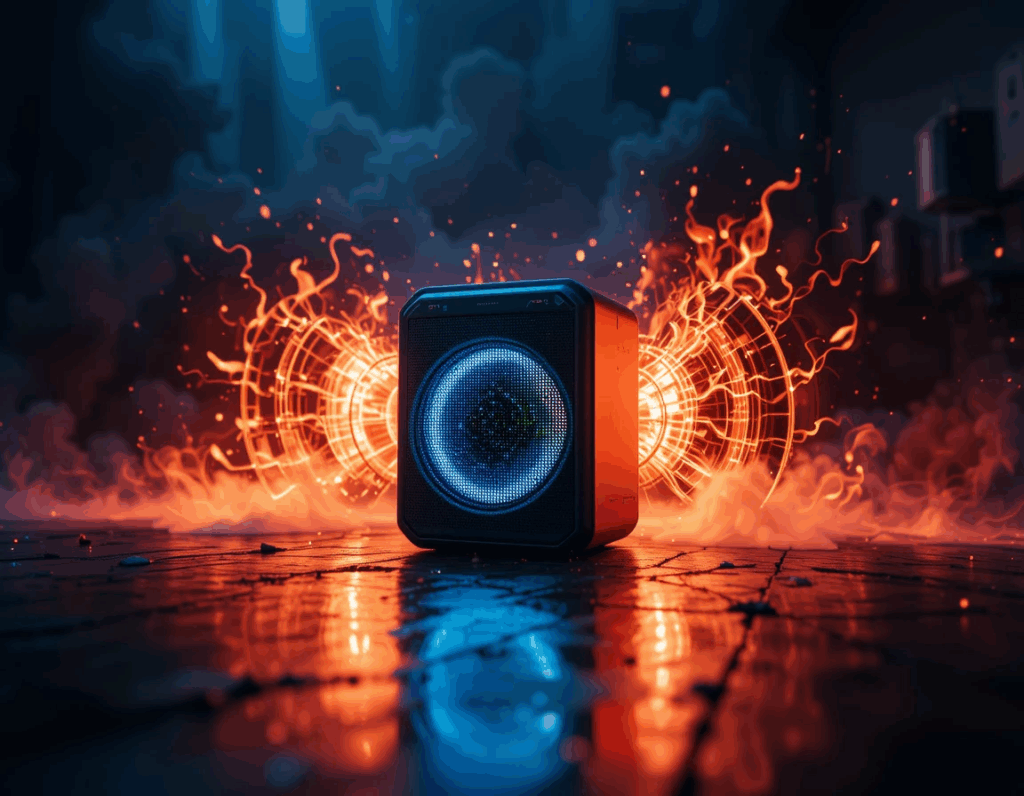
Frequently Asked Questions
Q: What are the main factors that affect Bluetooth speaker sound quality?
A: The top factors are the audio codec and bitrate, the speaker’s hardware design, and the wireless connection conditions. In practice, this means a high-quality codec (aptX, LDAC, etc.), large/quality drivers with a good enclosure, a good DAC/amplifier, and minimal interference. These ensure a wide frequency response and clear signal
Q: Does the Bluetooth version (e.g. 5.0 vs 4.2) affect sound quality?
A: Bluetooth version itself mainly improves range and speed, but it may also support newer codecs. For example, Bluetooth 5.0+ devices often implement aptX HD or LDAC. However, the biggest quality gains come from the codec used and the speaker’s hardware. Generally, focus on codec and components rather than version number.
Q: How does distance or obstacles between devices affect sound?
A: Bluetooth is designed for short range (typically up to 10 meters). Beyond that, or with walls and interference, you can experience dropouts or lower audio quality. Staying close to the paired device and reducing obstructions yields a more stable, higher-fidelity connection
Q: Can I improve my Bluetooth speaker’s sound quality?
A: Yes. Use high-quality audio files or streaming settings, ensure your phone and speaker support the best codec, keep firmware updated, and avoid EQ presets that overly boost bass or treble. Also, place the speaker on a solid surface to enhance bass reflection, and consider supplemental equipment (e.g. adding a subwoofer for deep bass).
Q: Do bigger Bluetooth speakers always sound better?
A: Generally, larger speakers can have bigger drivers and more powerful amps, giving them the capacity for louder sound and deeper bass. A small travel speaker can sound good for its size, but it may not match a larger model’s fullness. In any case, driver quality, enclosure tuning, and electronics are just as important as size
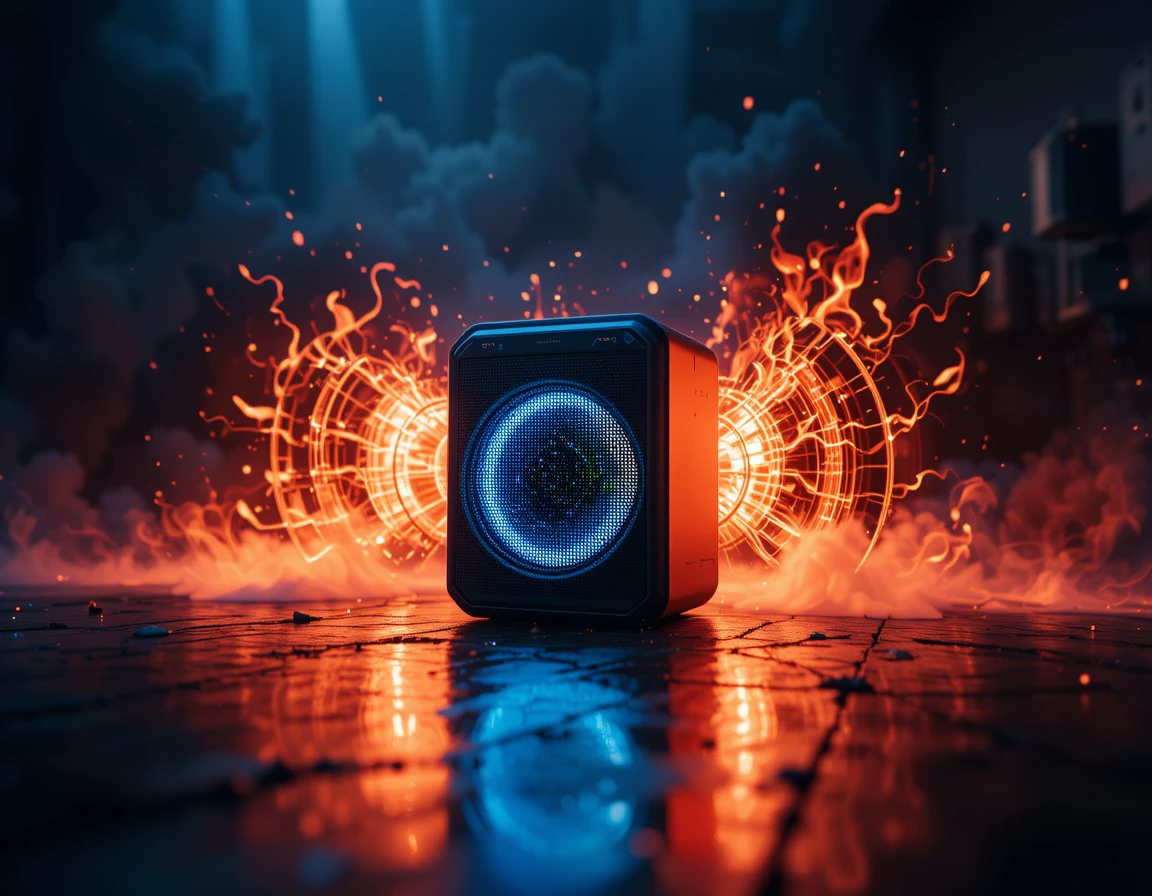

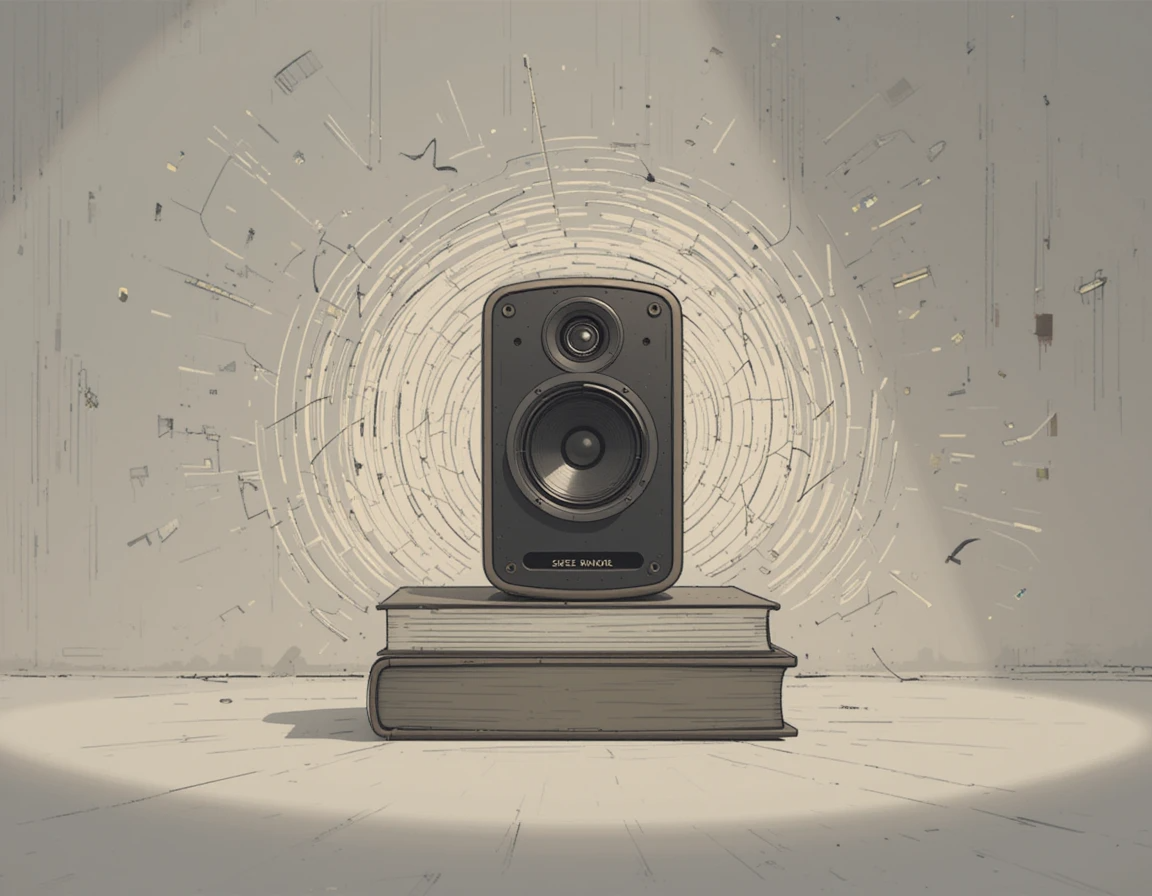


One thought on “Factors That Affect Bluetooth Speaker Sound Quality Most”